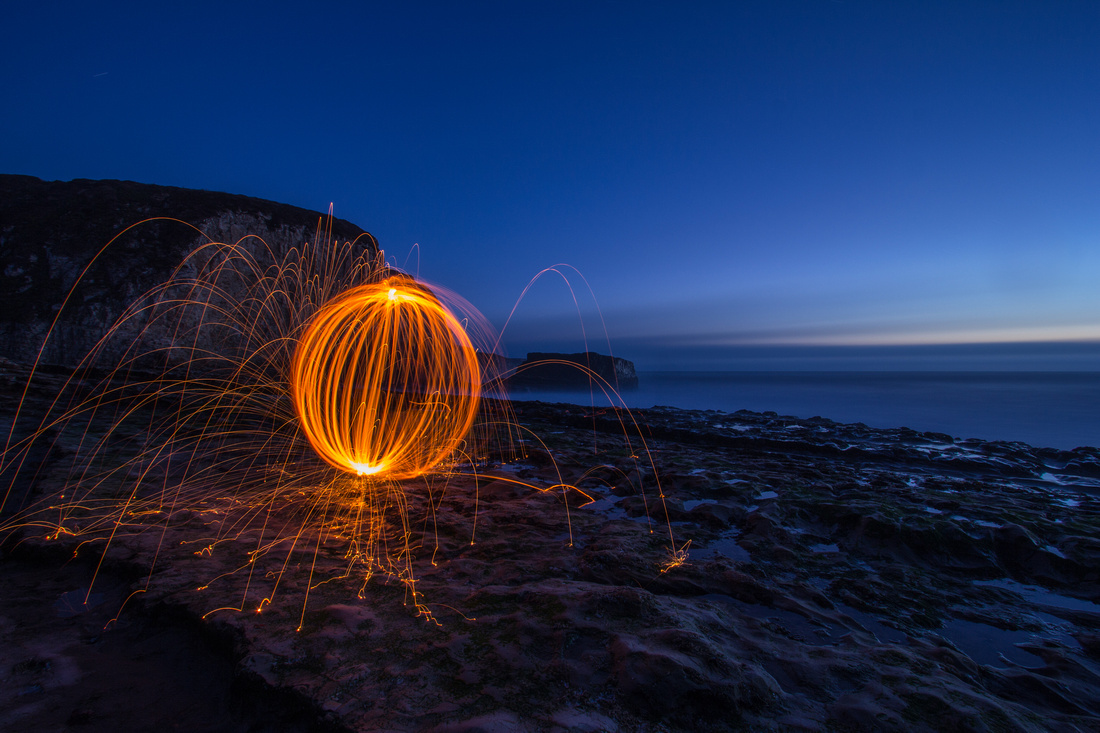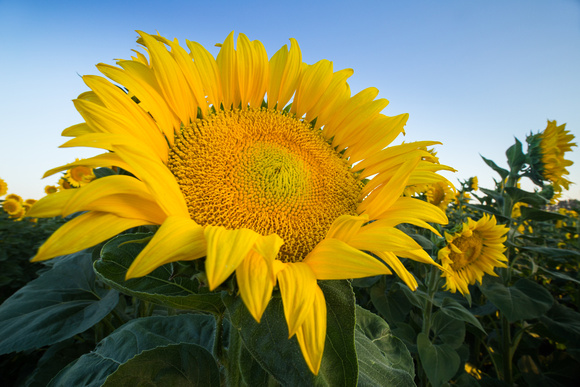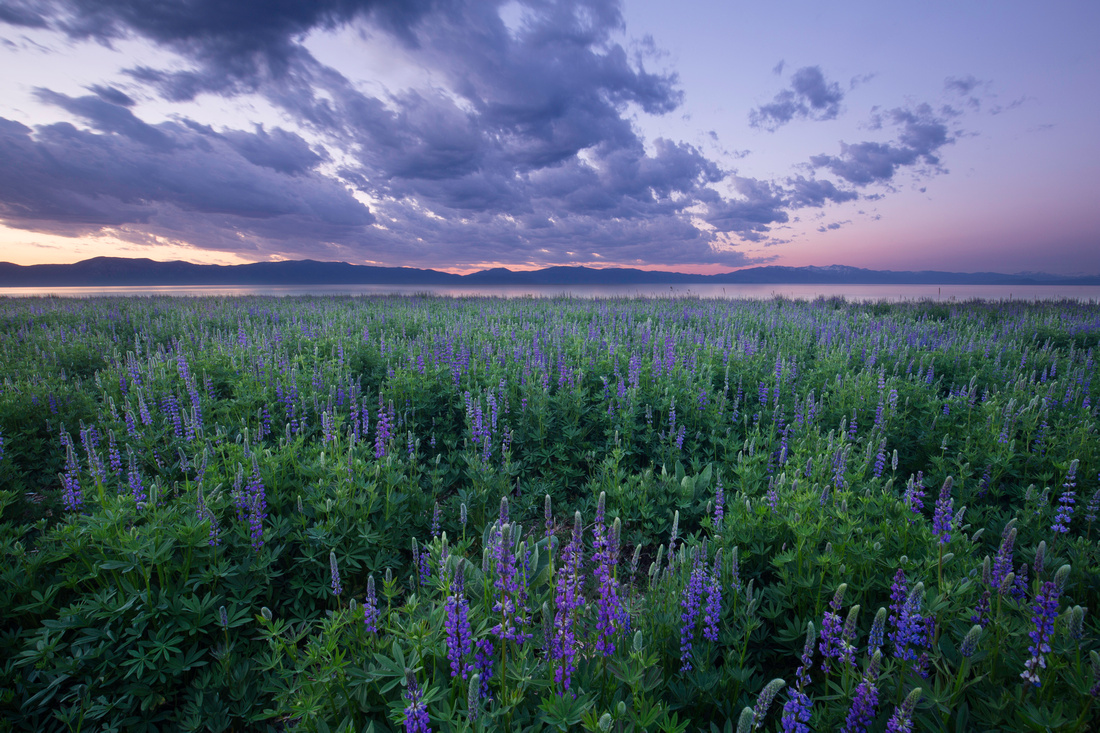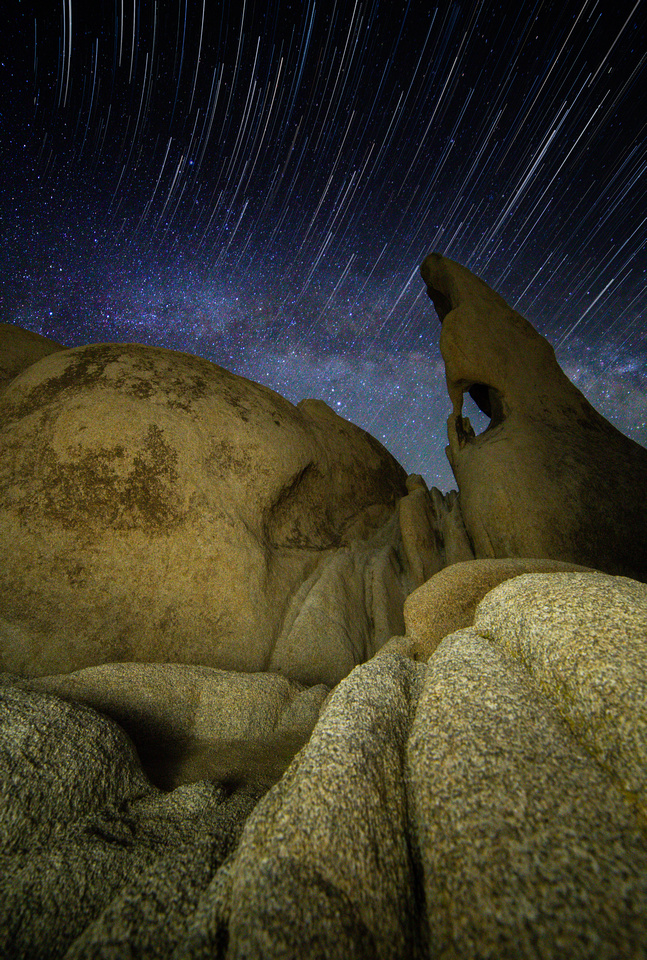5 Photography ideas for July
Catch It While It's Hot: 5 Photography ideas for July
Text and photos by Heather Cline
 
Light painting with fire |
It's the fourth of July; summer and vacation season has officially arrived, but you don't have to travel to far-away destinations to get some great shots this month. Here are 5 ideas for subjects to shoot in July.
Summer Agriculture: Sunflowers
Sunflowers grow best in the summer because they prefer long days with direct sunlight and warm temperatures. Sunflowers are an agricultural crop that are grown in many states in the United States with Northa and South Dakota producing the majority of the crop. If you live near growers, you may have already seen these popping up in fields near you. As an agriculture crop, these are located on private property, but are often viewable from the roadside. Please be respectful and do not walk into the fields.
The best time of day to photograph these is at sunrise and sunset. Summer afternoon thunderstorms may generate dramatic clouds to compliment the beautiful warm tones of these flowers as well.
Recommended photography equipment:
- Wide angle, Normal, and Macro lenses to capture a variety of viewpoints
- A flash or reflector to help bounce light into the flowers is helpful
- A tripod is helpful for macro and landscapes but is not required.
- A step ladder is a great way to get above the flowers and include the entire field
 
Sunflower field at sunrise |
Mountain Wildflowers
Spring wildflowers in the lower elevations have faded by now, but the cooler temperatures at higher elevations gift us gorgeous wildflowers in July. In addition, you may have a nice lake or mountain view to compliment the blooms.
Some of these are accessed only on foot, but there are also many options that you can drive right up to. If you live in California, the Lake Tahoe area has a lot of opportunities and as with the sunflowers, summer storms can add a bit of drama.
Recommended photography equipment:
- The sunflower list is a great place to start, but you may find these items helpful as well:
- Garden pads or kneepads to help you stay comfortable when getting low
- Polarizing filter to help deepen those summer skies
 
Lupine blooms at sunrise |
Wildlife Babies
Have you noticed that a lot of wildlife species are born in the spring? That is because the weather is mild, and resources are plentiful giving babies the best chance for survival. Although spring is behind us, those babies are still pretty stinking cute, and July is a great time to get out and capture them.
The best time of day to find wildlife is at dawn and dusk when they are most active. You may need to get out a hike some trails to spot some of the shyer creatures but there are benefits of using your vehicle as a blind as well. Please remember to give animals their space. The best wildlife photos are the ones that had zero impact on the subject's ability to access food, water, and safety.
Recommended photography equipment:
- Telephoto lenses to bring animals in close
- Lenses offering wide apertures to help capture animals in low light
- A tripod or monopod can be helpful for steadying longer telephoto lenses
- Extra batteries and memory cards because you tend to take more images when shooting wildlife
- Binoculars to help locate wildlife
 
White tail deer fawn |
Night Skies
We just so happen to have a new moon on July 5th (2024), which provides the perfect opportunity to create Milky Way or Star Trail images. Summer is my favorite time to do night photography because the weather is generally reliable and comfortable.
Having something in the foreground to serve as a subject can really help to tie the image together. It needn't be anything exotic; a lake, tree, or rock will work.
If you haven't spent much time doing night photography, you may want to check out this article I wrote called Nightlife. It covers the different types of night photography as well as planning, composition, and camera settings.
Recommended photography equipment:
- Wide angle lens with a wide aperture (1.4 and 2.8 are great)
- Cable release to allow you to trigger the shutter without touching the camera
- Tripod to keep your camera still during long exposures
- Extra batteries because your camera will burn through them faster during long exposures
- Headlamp to help you see and/or for light painting foreground objects
 
Milky Way and Star Trail composite |
Summer Storms
A landscape photographer's dream is a dramatic sky and summertime doesn't disappoint. During the summer months, thunderstorms typically develop in the afternoon when the sun heats the air near the ground. If the atmosphere is unstable, bubbles of warm air will rise and produce clouds, precipitation, and eventually lightning. To plan for these events, using a radar app or the National Weather Service website is helpful.
Finding a vantage point that allows you to capture the vastness of the storm is key, but if you are shooting lightning, be mindful of your safety by ensuring you have shelter or an exit strategy in case lightning gets too close.
Here are some starter camera settings that you may find helpful: set your ISO as low as possible to reduce noise while maintaining a good exposure. Using an aperture of f11 or smaller will give good depth while allowing you to extend shutter speeds (5-30 seconds) for lightning strikes.
Recommended photography equipment:
- Wide angle lens
- Tripod to keep your camera still during long exposures - or - window mount to shoot from your vehicle
- Camera rain cover to keep your gear dry
- Lens hood to help keep raindrops off the front of your lens
- Dry clothes to wipe down gear if it does get wet
 
Summer storm at Mono Lake |
I hope this has given you some inspiration to create some amazing photos this July! Until next time, stay cool.